Delhi AQI: Air quality improves a bit but remains in 'very poor' category; here are latest updates
An AQI between 0 and 50 is considered "good," 51-100 "satisfactory," 101-200 "moderate," 201-300 "poor," 301-400 "very poor," 401-450 "severe," and above 450 "severe plus", as per the CPCB.
Delhi's air quality improved a bit on Wednesday but still remained under ' very poor' category at around 9 PM. The worst air quality was recorded in areas like Bawana, according to Central Pollution Control Board (CPCB) data.
Images: PTI
Air Quality Index
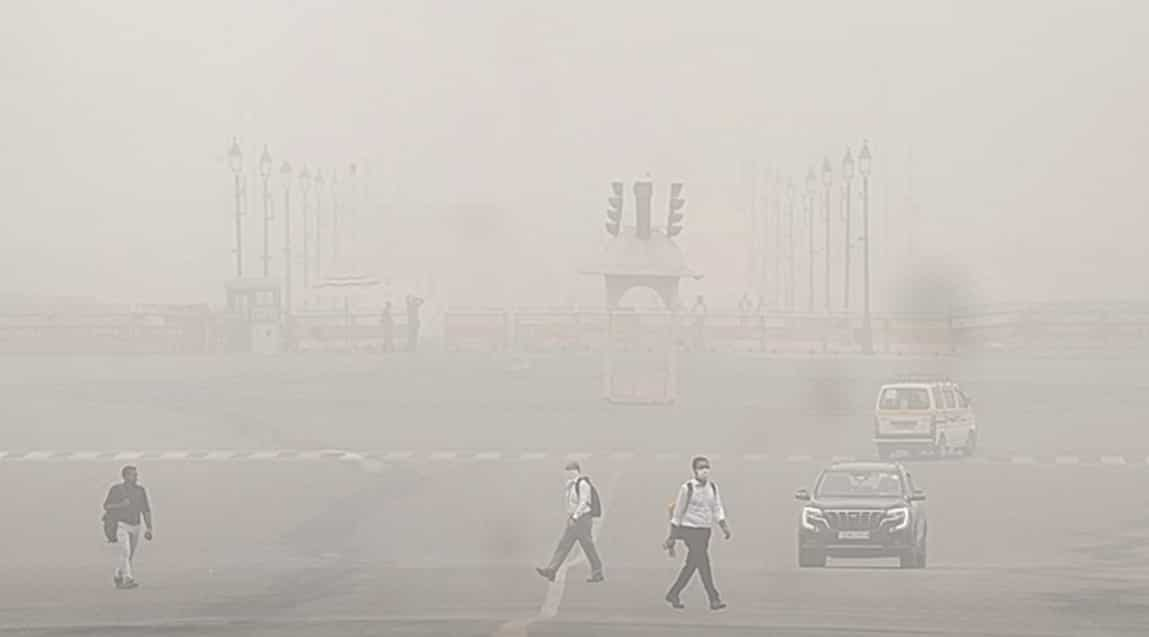
Schools operating in hybrid mode
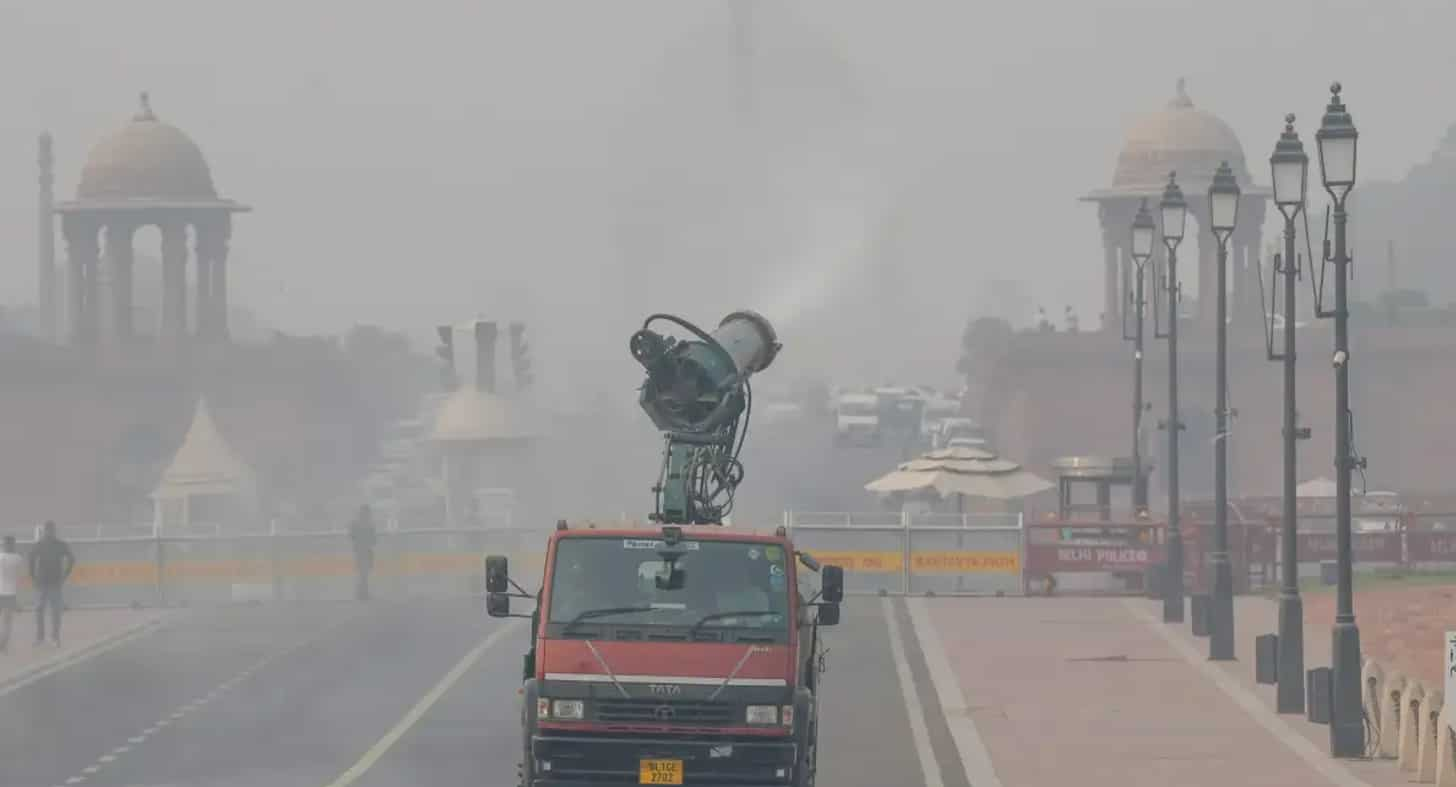
AQI categories
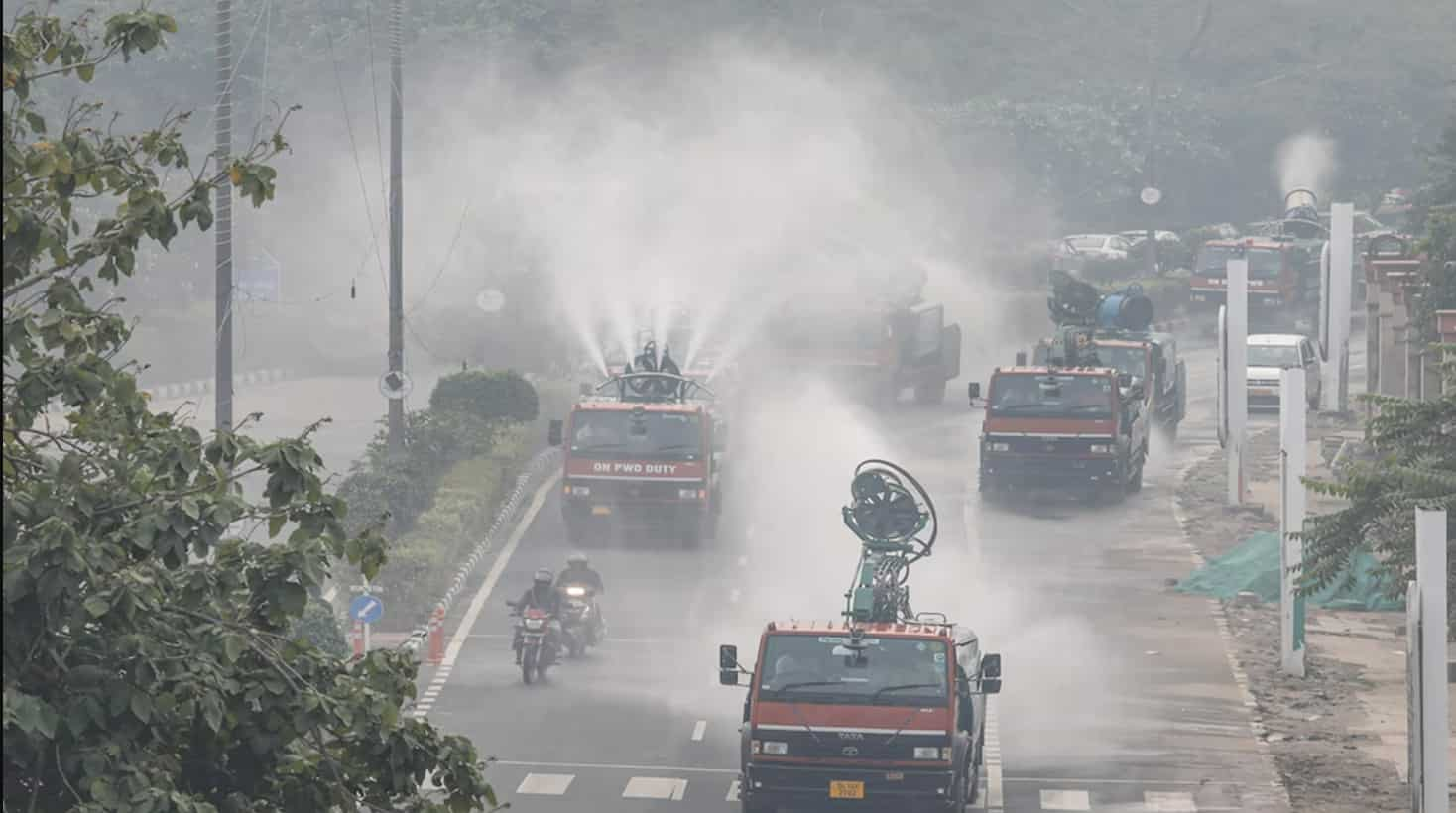
What are the reasons for air pollution?
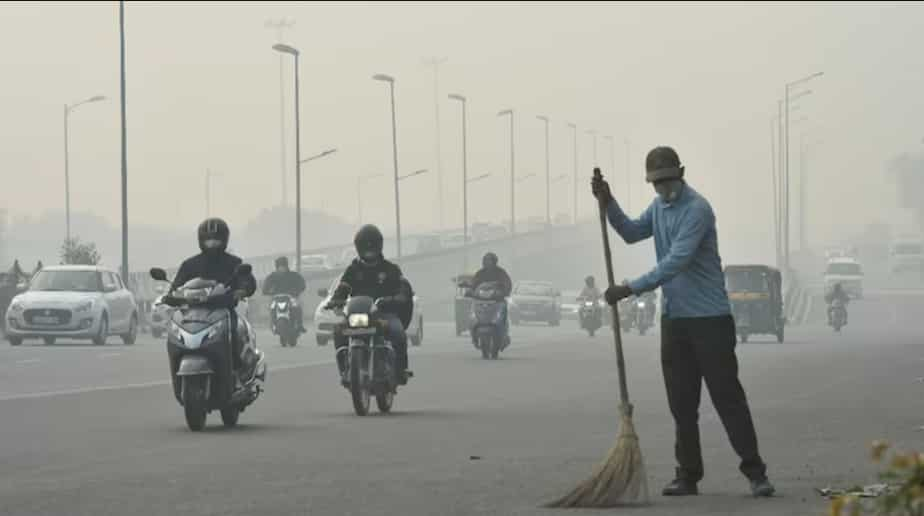
Grap 4: Supreme Court decision
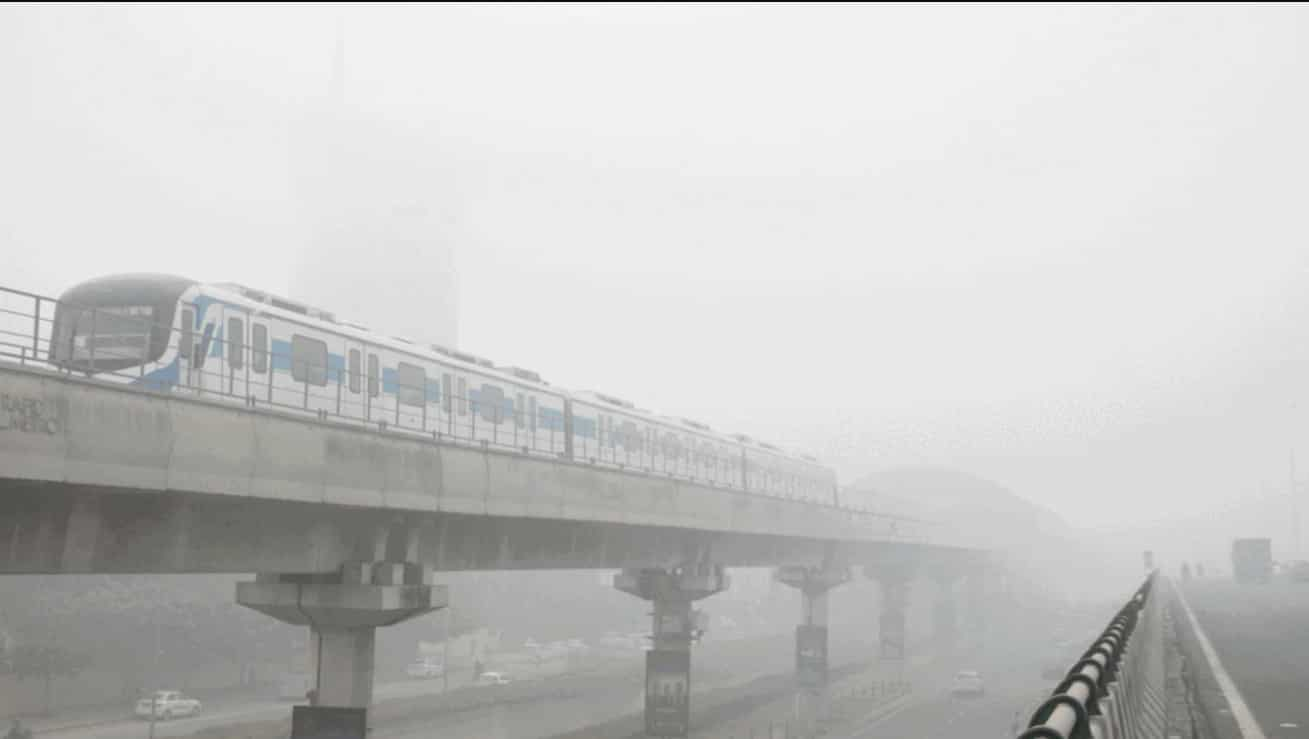
Government's initiatives to curb air pollution
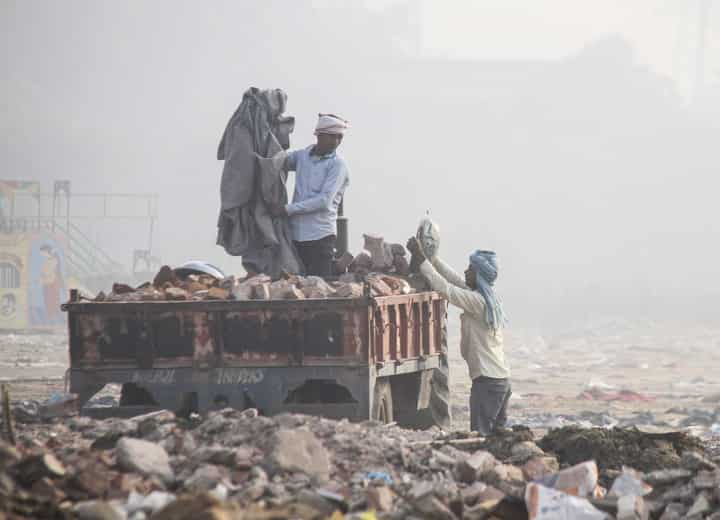
AQI in various areas in Delhi at 9 pm
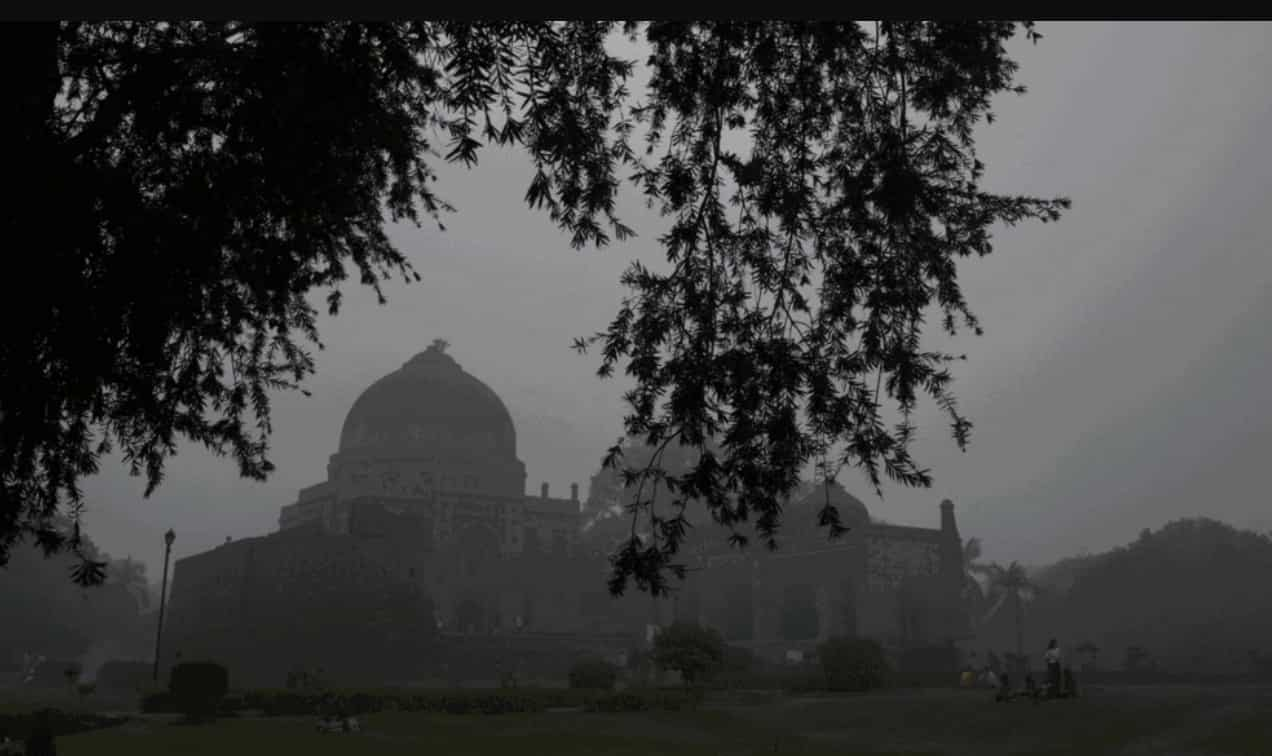
When was the GRAP implemented first?

Centre spent Rs 3,623 crore
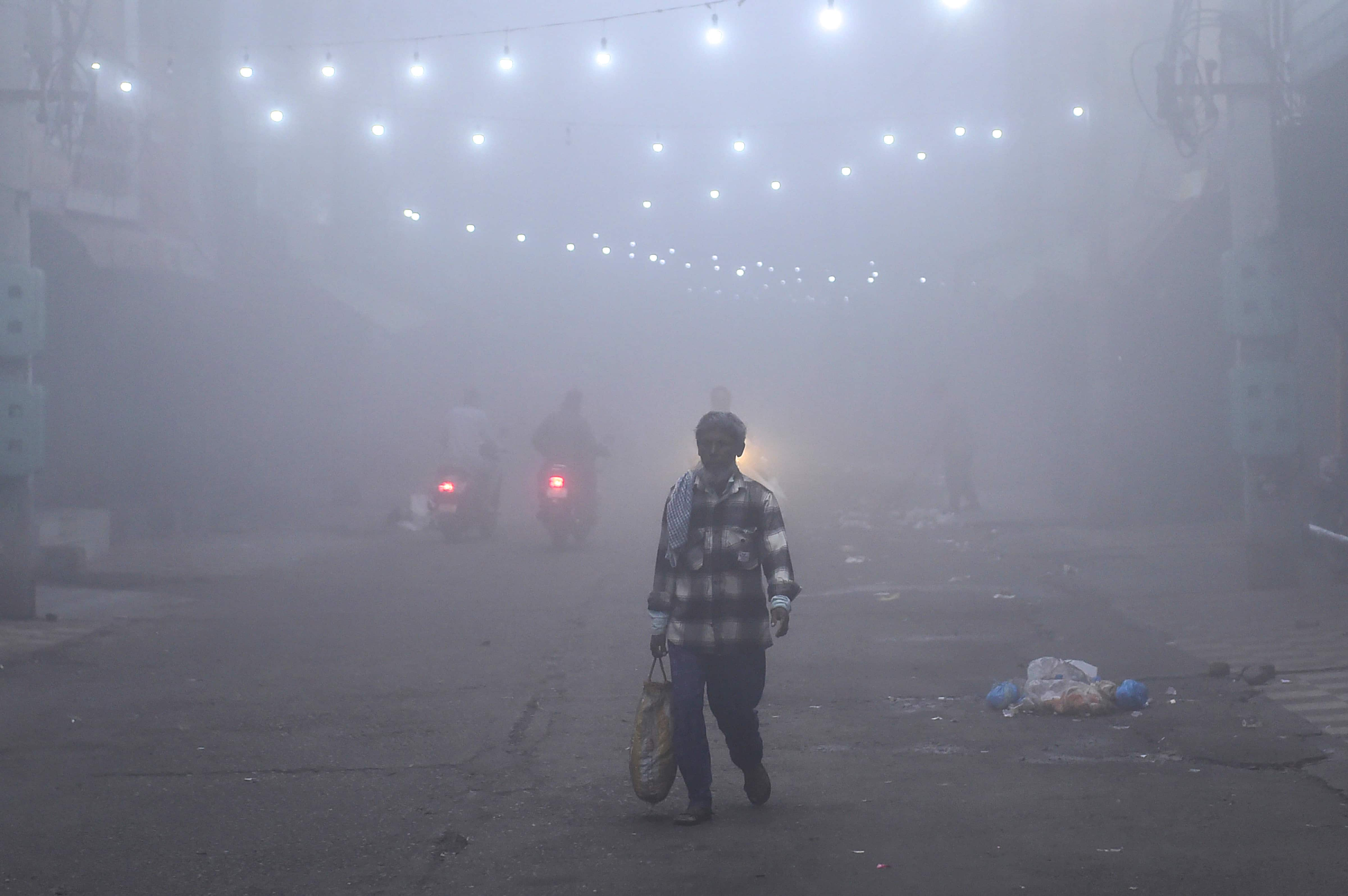
Fund allocation
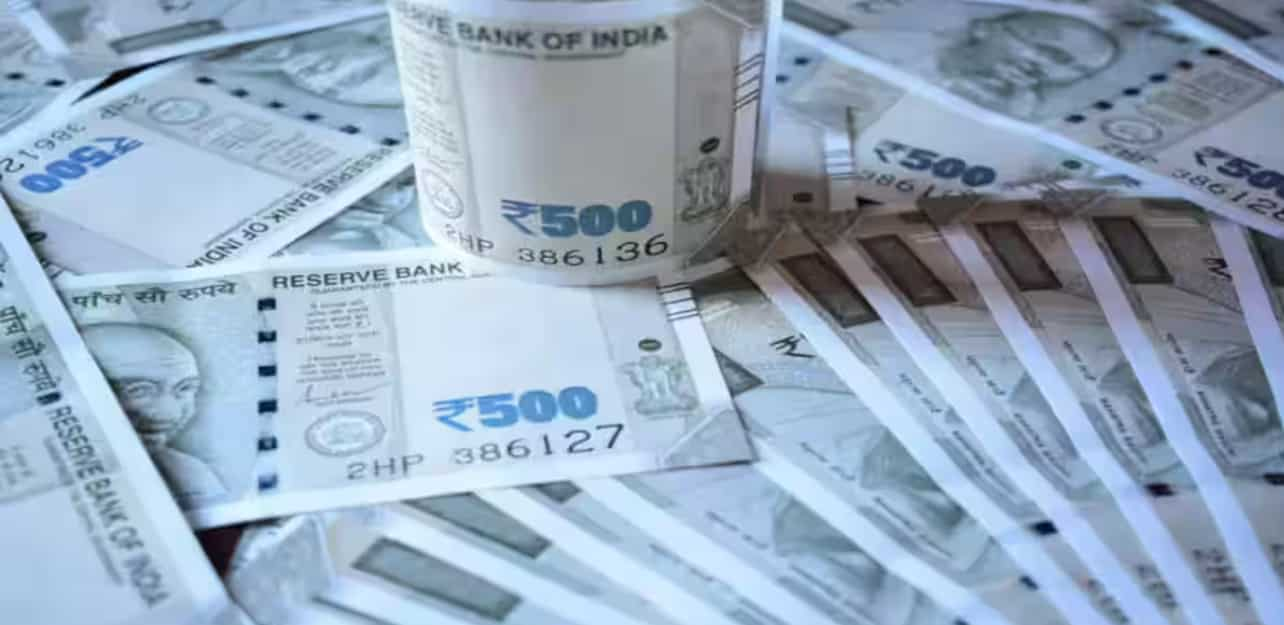
Punjab has been allocated the highest amount of Rs 1,681.45 crore, followed by Haryana with Rs 1,081.71 crore. Uttar Pradesh was allocated Rs 763.67 crore, NCT of Delhi Rs 6.05 crore, and the Indian Council of Agricultural Research (ICAR) got Rs 83.35 crore, according to the figures tabled in the Lower House.





